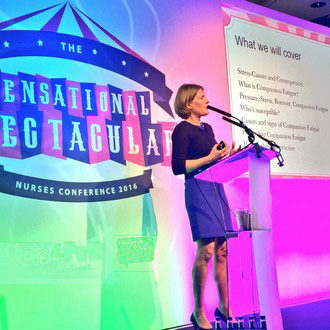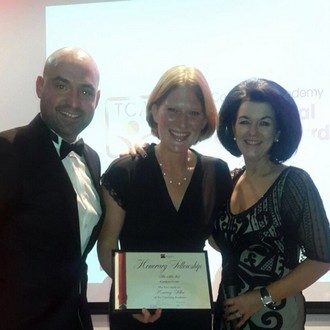It is a truth universally acknowledged that wherever a group of people are required to work together, there will inevitably be differences of opinion. In most cases these will simply be good-natured and will have no impact on the effectiveness and strength of the wider team or on the morale of the individuals themselves. Indeed, differences of opinion can be healthy and productive, allowing us to take on board the views of others and assess all the available options to hone the best solution. However, individuals with strongly held beliefs may seek to force their views on others, and those without a strong voice can easily come to feel undermined or bullied – it’s easy to see how differences of opinion can (and all too often do in a pressured workplace environment) escalate into conflict.
Aside from the practical and unique minutiae of each situation, broadly speaking conflicts arise when one or all of the following factors are evident:
- Personality clashes
- Differences in needs and expectations
- Differing values
- Unresolved problems in the past
- Increased workload
- Change in practice
Fortunately, very few of us go looking for conflict – more often than not issues at work arise from misunderstandings about the intent, or miscommunication of the content. For managers and team members alike therefore, an understanding of the root causes, as well as an insight into the personality types of the parties involved, will go a long way towards both resolving conflict and preventing it recurring in future. DISC behavioural profiling can help minimise these miscommunications and misunderstandings by giving your team the knowledge and understanding of the differences. It provides individual team members the ability to acknowledge, appreciate and engage the positives of the differences, creating a more flexible, harmonious and understanding team.
Trying to understand where each party is coming from will help greatly when attempting to shape a mutually acceptable way forward. And it’s no good ignoring the problem or hoping it will resolve itself – a failure to address the causes of conflict and put solutions in place will cause resentment and unhappiness to fester amongst the team. Motivation drops, absence increases and the working environment becomes toxic for everyone. But there is always a positive way forward, and the following practical steps will help you if you’re struggling to deal with conflict in your workplace.
Acknowledge that a difficult situation exists.
Honesty and clear communication play an important role in resolution. Acquaint yourself with what’s happening and be open about the problem.
Let individuals express their feelings.
Feelings of anger and/or hurt usually accompany conflict situations. Before any problem solving can take place, these emotions should be expressed and acknowledged.
Define the problem.
What are the consequences? Are differing personality styles part of the problem? Are individuals coping with the pressures they are under or are they showing signs of stress? Meet with both parties separately at first and question them about the situation. Ask for their suggested ways forward.
Determine underlying need.
The goal of conflict resolution is not to decide which person is right or wrong; the goal is to reach a solution that everyone can work with. Looking first for needs, rather than solutions, is a powerful tool for generating win-win options. Ask individuals what they need to be addressed, what are the benefits of the solutions they are proposing? This will help you establish where each person is coming from and identify common needs and potential solutions.
Find common areas of agreement, no matter how small:
- Agree on the problem
- Agree on the procedure to follow
- Agree on worst fears
- Agree on some small change to give an experience of success
Find solutions to satisfy needs:
- Problem-solve by generating multiple alternatives. Ask ‘what could you do?’
- Determine together which actions will be taken
- Make sure all the involved parties buy into these actions. Total silence may be a sign of passive resistance so be sure you get real agreement from everyone. Ask what could stop people moving forward and discuss appropriate responses.
Determine follow-ups to monitor actions.
You may want to schedule a follow-up meeting in two weeks to determine how everyone is doing. At this point, ask what’s worked well and where could improvements be made – conflict resolution is a dynamic process.
Determine what you’ll do if the conflict goes unresolved.
If the conflict is causing a disruption in the workplace and remains unresolved despite your best efforts, you may need to explore other avenues. An outside facilitator may be able to offer other insights on solving the problem. In some cases, the conflict becomes a performance issue, and may become a topic for coaching sessions, performance appraisals, or disciplinary action.
By openly acknowledging that conflict is causing issues you’ll have taken the first step towards resolving it. And by keeping the five principles below in mind throughout, you’ll ensure that the process of reaching a solution is just as empowering as the end result, for everyone involved:
- Maintain good relationships as a priority. Treat everyone with respect and courtesy
- Separate people from problems
- Listen first, talk second
- Set out facts, not opinions
- Explore all the options together








